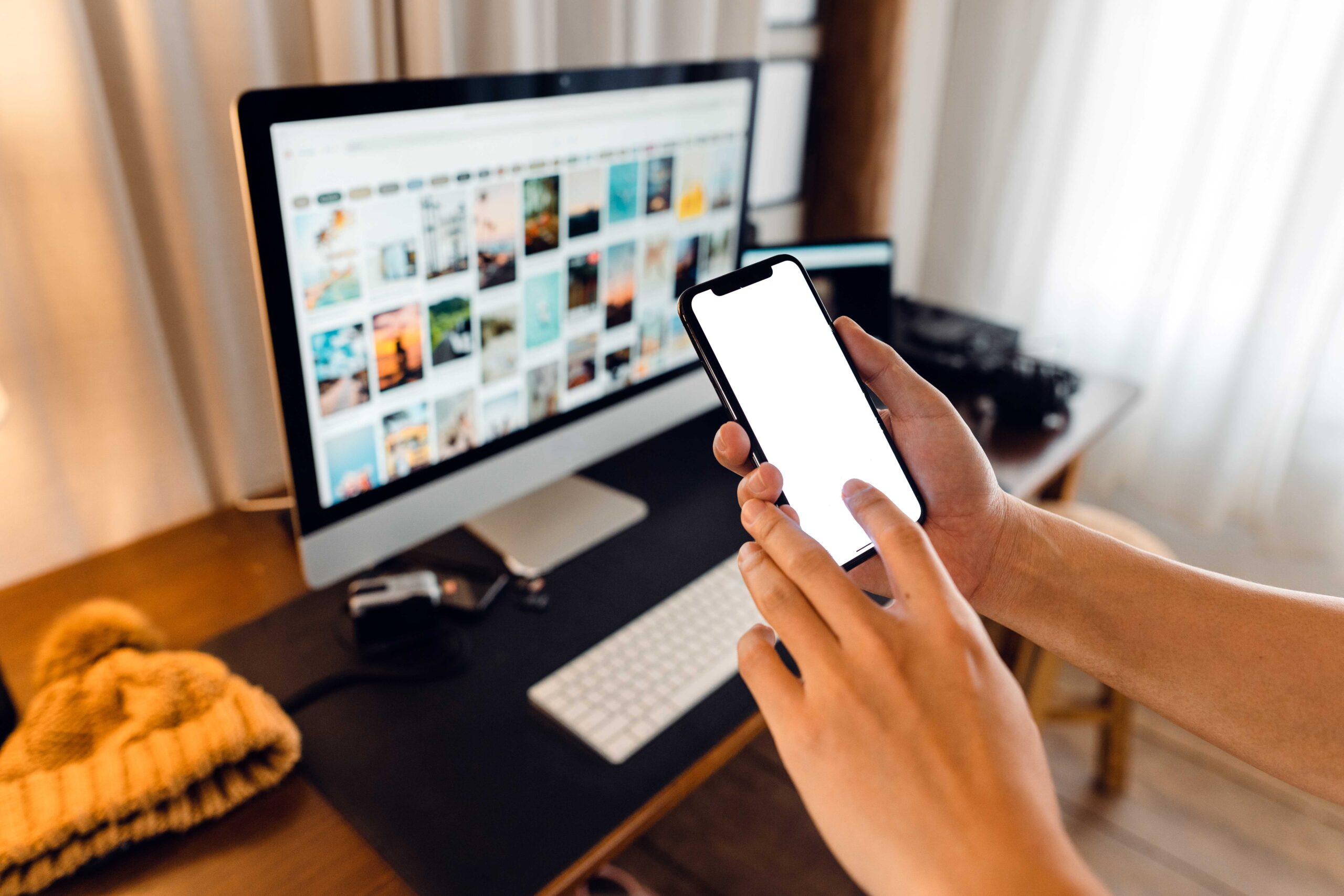Soft2Bet: An Example of Adaptation in the Changing iGaming Market
In the fast-changing iGaming market, Soft2Bet has learned to navigate turbulent waters where licenses change daily, rules tighten, and popular slots vanish overnight. In an industry where some platforms shut down entirely and others cut game lines without warning, only those ready to anticipate change and able to adapt quickly continue to thrive. Soft2Bet looks […]






